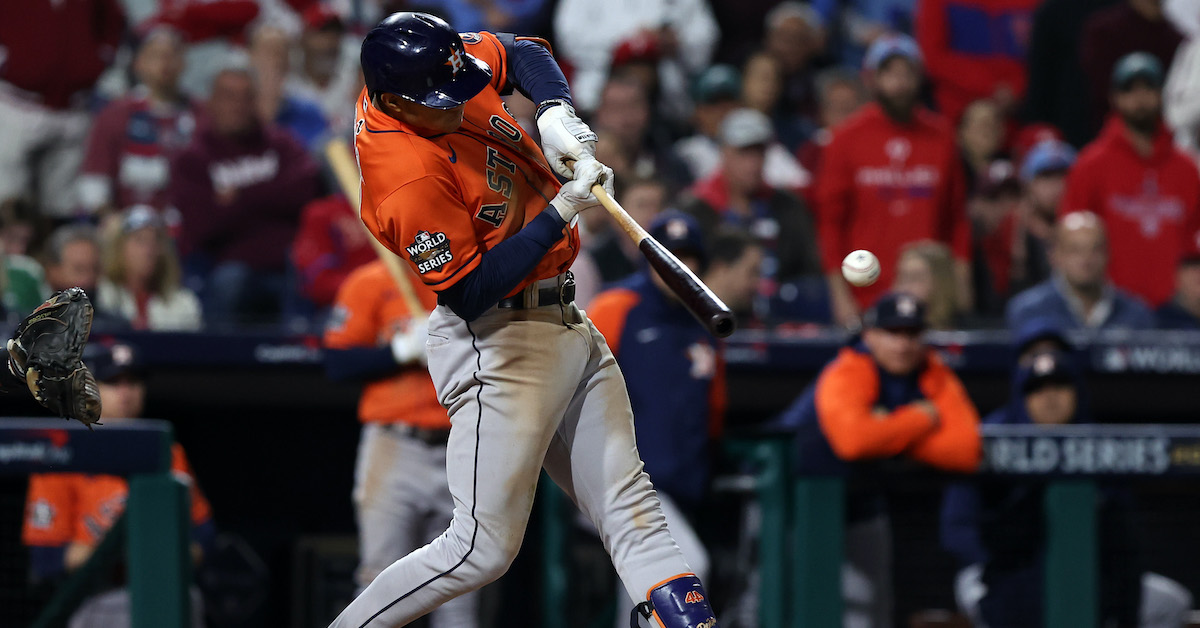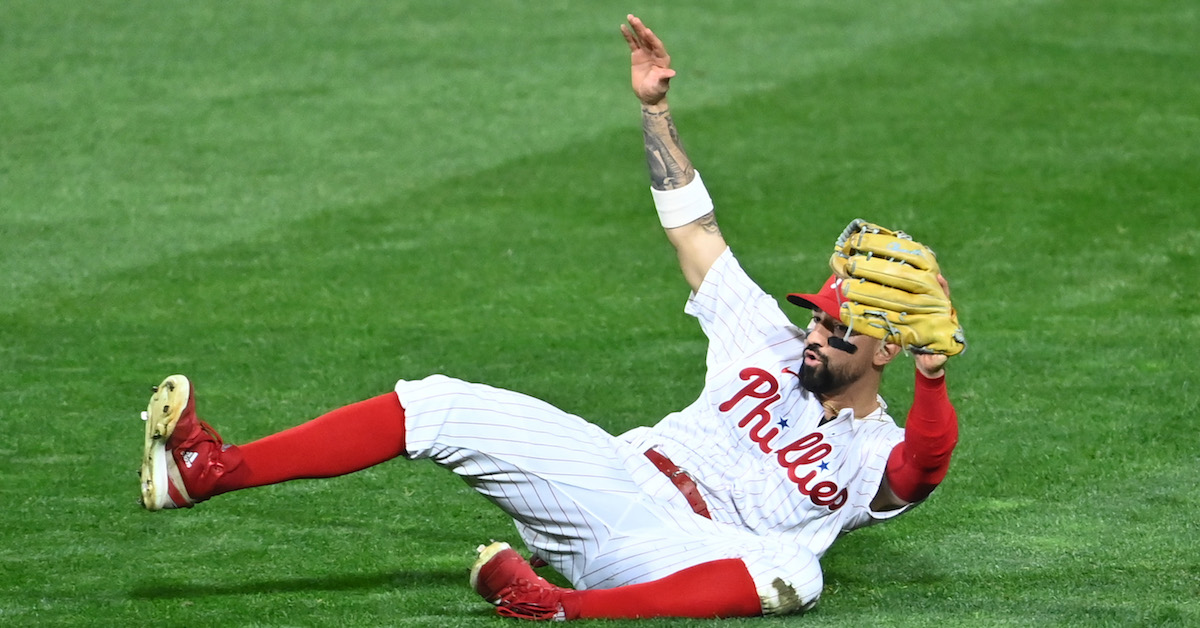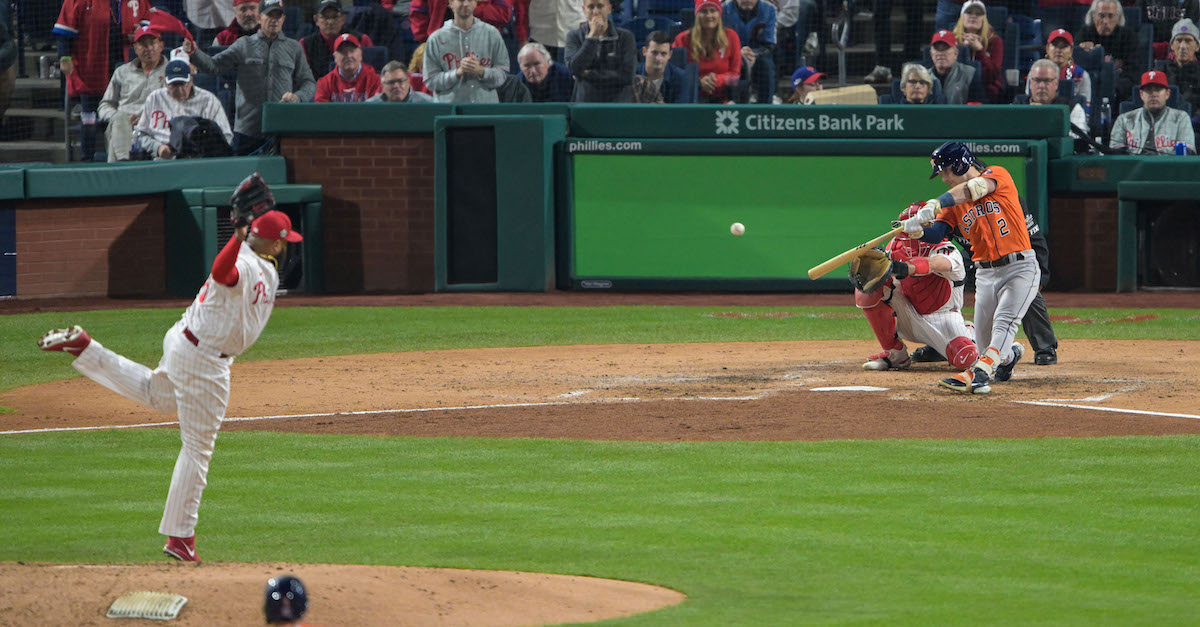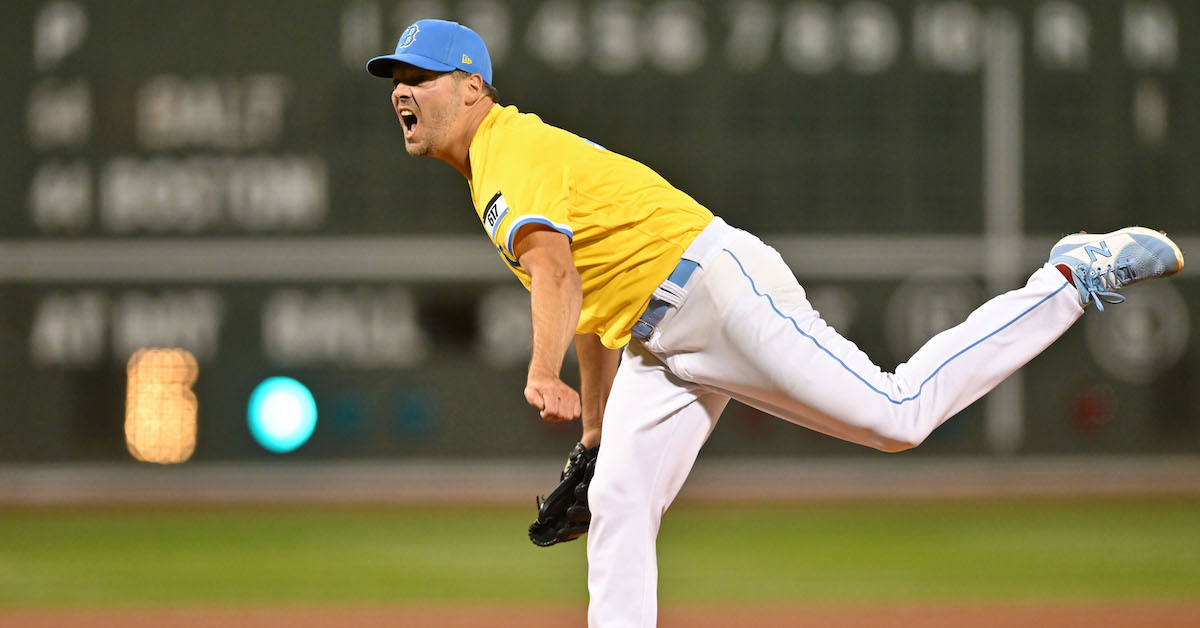What’s Working in the War on Time of Game
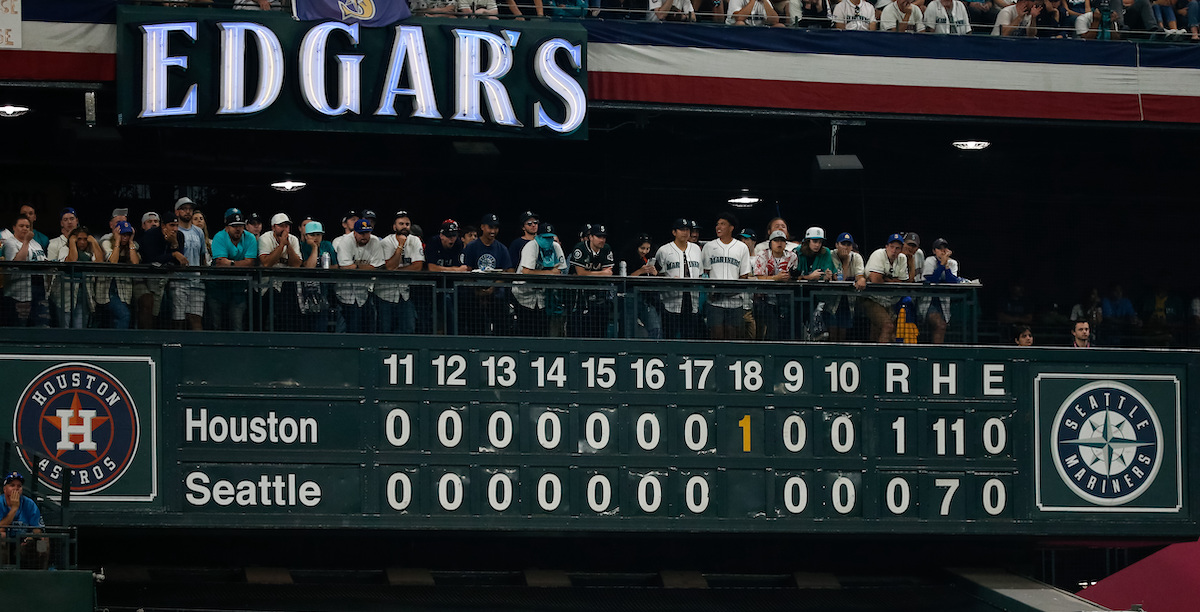
As FanGraphs’ own Jay Jaffe noted last week in his piece on the dominance of relief pitching this postseason, the average time to play nine innings is down by 15 minutes in the playoffs after dropping by an average of seven minutes in the regular season. As Jay wrote, there are a handful of factors likely contributing to shorter game times in 2022, ranging from reliever usage and rule changes such as the three batter minimum, to technological adjustments like PitchCom, to changes in gameplay and dwindling offensive production. Regardless of the reason, it’s a shift that warrants exploration. League leadership has spent the better part of the last decade focused on reducing the length of its games; the commissioner talked about improving baseball’s pace of play on his very first day of the job. While games are still longer than three hours on average this season, the seven-minute dip after a record-long average game in 2021 marks the most precipitous single-year drop in the Divisional Era, and that sounds like it should be music to the ears of Rob Manfred and Co.
| Year | Regular Season | Postseason |
|---|---|---|
| 2016 | 3:00 | 3:29 |
| 2017 | 3:05 | 3:40 |
| 2018 | 3:00 | 3:40 |
| 2019 | 3:05 | 3:40 |
| 2020 | 3:07 | 3:38 |
| 2021 | 3:10 | 3:44 |
| 2022 | 3:03 | 3:29 |
But the league’s objective with respect to time of game is more nuanced than just shaving off minutes at any expense. Yes, Major League Baseball is interested in games moving faster, which has led to rule changes like the upcoming pitch clock in 2023 and the existing three batter minimum for relievers. Teams used 3.30 relievers per game in the regular season in 2022, down from 3.43 in ’21, and fewer pitching changes mean less wasted time. But it is also interested in maintaining some level of offensive action – hence the introduction of the designated hitter in the National League this year, and bans on the shift set to come along with the pitch clock next year. Some improvements in time of game can come at the expense of offensive action, and vice versa, and titrating the levels of each that make for the best product is a delicate balance. In 2022, we did see offense trend down to concerning levels, but with a closer look, there is also some reason for optimism with regards to finding this balance. Read the rest of this entry »

